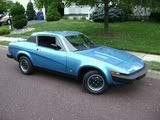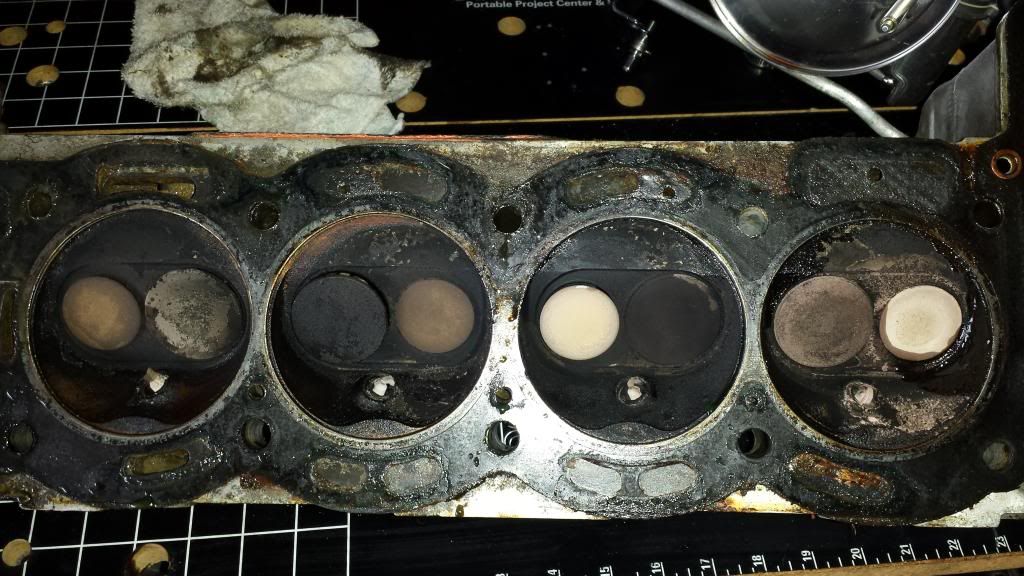<blockquote id="quote"><font size="1" face="Century Gothic, Verdana, Arial, Helvetica" id="quote">quote:<hr height="1" noshade id="quote"><i>Originally posted by Mildred</i>
And, another thing or two. How many miles are on the engine? Pull the oil pan and inspect the condition of the rod & main bearings. More than likely the veneers will be wiped to a certain extent. This is a good time to, (at a minimum), reshell the rods & mains with super high quality bearings such as Vandervell or Glacier. If the crank journal surfaces are not scored or damaged, a reshell may be a good option. It was on mine. This is also a good time to replace the oil pump.
That said, I knew full well the oil change routine on my engine and was able to prevent unknown elements and oils from being a damaging factor during it's service life. Now, after 50,000 miles plus, the reshelled crank continues to perform quietly and display proper oil pressure.
In any event, do perform a plasti-gauge test on the journals.
Then there is the rods and pistons/rings. Have your rods resized at the machine shop. Check the cylinder bore for concentricy and, if all is within tolerances, install a new set of quality rings. If not, rebore to the next size with a new piston set. Follow the factory service manual settings for the ring gap. Note, try and keep the ring gap on the tighter side to increase the cylinder compression pressure.
Mildred Hargis
<hr height="1" noshade id="quote"></font id="quote"></blockquote id="quote">
Oh good lord Mildred! I'm trying to keep this simple. [;)]
But thanks for the head advice.
Craig '75 2.0 FHC






